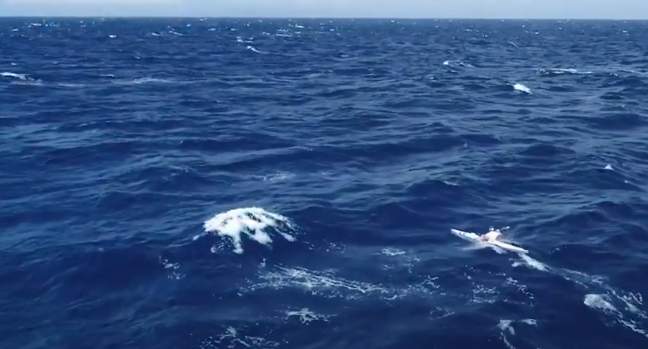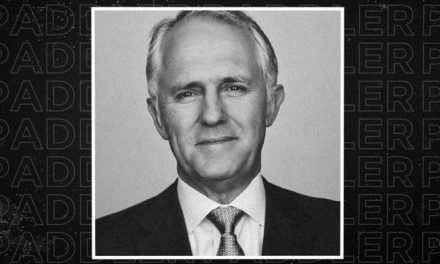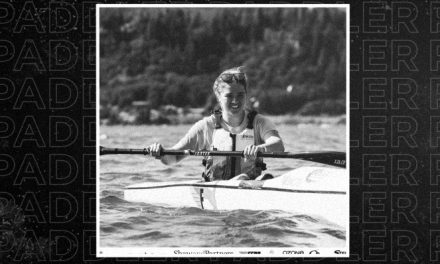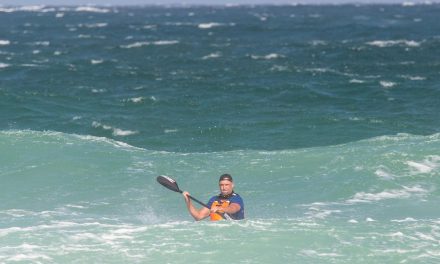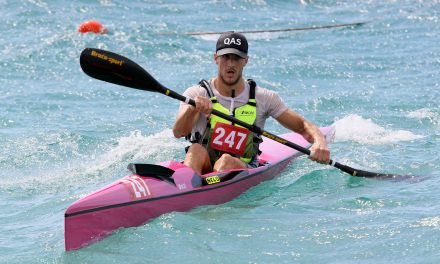LEGENDS REFLECT ON THE MOLOKAI CHALLENGE
Today paddlers from around the world should have been racing between the Hawaiian islands of Molokai and Oahu, a gruelling 52 kilometres across The Channel of Bones, in what is regarded as surfski racing’s greatest test.
The iconic Molokai Challenge was originally named “Kanaka Ikaika” which translates to “mankind’s respectful challenge of the great, mighty ocean.”
It’s an apt description for an event that is so deeply revered by paddlers across the globe.
Its winners list reads like a Hall of Fame for the sport – from the dominance of paddlers like Oscar Chalupsky, Dean Gardiner, Grant Kenny and Kelly Fey, to the emergence of the new generation – it’s one race that every athlete wants to win.
In lieu of the 2020 event – what would have been the 45th Molokai Challenge – and in celebration of its significance, we asked a few of the race’s champions to explain why it’s so special to them.
Oscar Chalupsky – 12 time champion (1983, 1984, 1985, 1986, 1987, 1988, 1989, 1995, 2000, 2003, 2005 & 2012)
“At the end of the day, it’s very simple,” Chalupsky says.
“I do every single race around the world, and the whole world wants to do Molokai. That’s the first thing. It’s on every single paddler’s bucket list. It’s all about Molokai.
“And for the top guys, they all want to win. Everyone wants to put that on their CV and it’s not easy.
“There’s never any money, but the prestige is there. It’s the longest international race in the world, and it will never, ever lose its status because the top guys will always be around.
“Everybody wants to go and do it, and anyone who’s been there knows it’s a fantastic place to go even just for a holiday.
“But to go 52 kilometres over the ocean is serious and it’s not an easy paddle.”
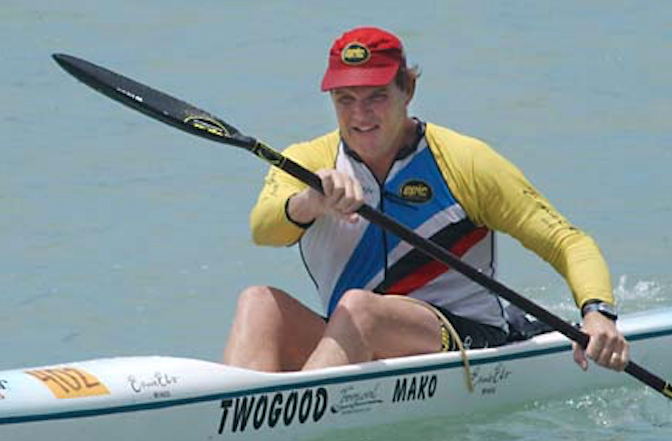
Dean Gardiner – 9 time champion (1992, 1993, 1994, 1996, 1997, 1998, 1999, 2001 & 2002)
“It’s what attracted me to it in the first place, which is a number of things,” Gardiner explains.
“One it has the history, two it is the type of race I like, a point-to-point crossing, and three, it’s downwind. They’re probably the key points for me.
“The difference between it and a lot of other races is that it’s unpredictable. Not just in the conditions that you can get, but also in what your body is going to do.
“You might feel amazing for two and a half hours, but then go to absolute custard. The unpredictability of the race is one of the big things that a lot of people think about.
“The conditions change a fair bit within the channel too. It starts off soft, you go through different phases of reverse current and things like that, then it all changes as you get closer to Portlock with backwash and all sorts of things.
“It just happens to be that the backwash hits you at your most vulnerable, in that two and a half to three hour mark. It really affects your outcome.”
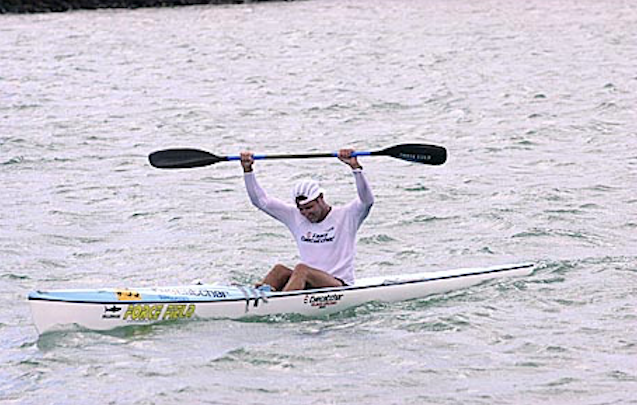
Grant Kenny – 5 time champion (1979, 1980, 1981, 1982 & 1990)
“I remember passing through Hawaii in 1979 right after the Aussies [Lifesaving Championships] when I was on my way to the States to go skiing with my dad, and this guy at the airport told us about the race,” Kenny recalls.
“At the time I would’ve been 15, and decided it was worth having a go for. There was no such thing as long-distance ski races at the time, so it wasn’t like it was just another race in a series. It’s a long race and it’s between two islands, which is one of the special things about it. It’s the only race I know of where you fly to the start line.
“I had no idea what I was getting into. I had no idea about how hard to go, zero idea about competition and who everyone was. Back in those days, the only way that you knew about someone in surf [lifesaving] was to read about them in the newspaper. With Molokai, it was all a mystery. Competitors were these mysterious names you had heard about but never raced. It’s a very, very different environment in terms of understanding who your competitors are and their equipment and training. The event was very much in its infancy then, so it was just a totally different mindset.
“There’s other good downwinds, but Molokai is an adventure. It means a lot in terms of Hawaiian spirit and it’s good to get involved in that. There’s not many other parts of the world where paddling in the ocean actually means something, more than what it does to us – which is a place to go and have fun. It has a spiritual meaning, and it’s cool to be around that. You do tend to get drawn into it a bit while you’re there. That’s special.”
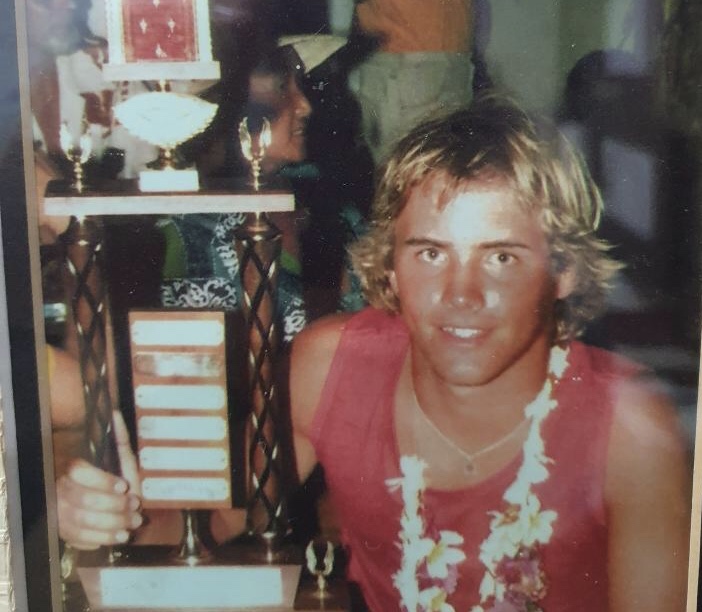
Hank McGregor – 4 time champion (2009, 2014, 2016 & 2019)
“I think it’s the whole journey,” McGregor says.
“It’s the build-up and the training – especially being in South Africa, it’s a long way from where we race the Molokai. It’s a unique event. Just to travel from one island to the next on a paddle craft is something so unique in itself.
“Hawaii is pretty much the exact opposite side of the world to South Africa, so the journey is incredible just in terms of distance. The admin, the escort boats, the logistics. It’s a bit of a nightmare but once you’ve done it more than once, especially if you have sponsors helping you, it makes all of the difference.
“The training is quite something too. For me, it’s almost like meditation because of the length of time you’re out on the ocean. You get to think a lot about where you are in your life, what you’ve achieved and where you’d like to take yourself to that next level. Molokai is just the final destination, but the whole journey to get there for me is what makes the race so special.
“Once you get to Hawaii the atmosphere is so unique. Especially the last time I went staying with the Shaw and Partners team, hanging out with all of the Aussies and ironman legends was so different compared to when I stayed with my mates. I’ve travelled a couple of times with friends like Lee Furby from South Africa for his first Molokai and I’ve also spent many a time with Zsolt, the Hungarian-Hawaiian legend himself. I also managed to take my wife across a couple of years ago just to share the experience with her.
“It’s one of those bucket-list surfski races that you don’t want to miss if you’re a paddler. It’s been special for me. I’ve crossed the channel nine times. Fortunately I’ve been able to win four, claim four second places and one third. Molokai has always been good to me.
“Just the experience, the journey and obviously crossing the line at the final destination is something special. And getting to race against the legends of ocean racing has also been so unique and special.
“Whether you win or lose, crossing the channel makes you feel like you’ve achieved something.”
Clint Robinson – 3 time champion (2010, 2011 & 2013)
“It’s a good question for a couple of reasons,” Robinson explains.
“One being the race venue itself, the way it sets itself up in the middle of the Pacific Ocean and the reality of Hawaii’s history, in regards to it being such an amazing place for surfing and large swell. While it may not the the best downwind route amongst the islands of Hawaii, it’s certainly one that has survived the test of time with this race.
“The other thing that is significant apart from the location is the fact that this race was the one that started this sport.
“While there’s other races in other countries that were doing ocean skis and people might say, “oh that’s bullshit, we were doing racing first,” that’s fine. Every country had their races and downwind stuff and river stuff and whatever else, but this race became so iconic because of the manufacturing base that came with it and this built the sport.
“Grant Kenny had the support of Hayden Surfcraft because his dad was a part owner of that business, and then Oscar Chalupsky started making his own skis to compete with the Hawaiian skis, and those roots were the original foundations of the very early days of Epic. And then Fenn and all of the other manufacturers have come along since.
“The reality of Oscar wanting to develop a very good ski that was just built for downwind ocean racing was a major driving force for kicking off the production of these types of skis, that so many people in all different places around the world now get to enjoy on all different levels of paddling.
“The ocean ski market has really been borne out of this race. The people that get to enjoy their skis in all those different places – harbours, rivers, dams, canals and oceans – they really need to thank this event.
“Which is why I’ve always been a very strong supporter of this race beyond my elite times for the simple reason that this should be, and I believe still is, the holy grail of the whole sport.
Cory Hill – 2 time champion (2015 & 2018)
“I think it’s the prestige behind the event,” Hill says.
“The people that have won it, and wanting to put your name on the trophy alongside them. That, as well as the distance. It’s so unique. It’s a channel crossing, 50 kilometres against the world’s best.
“In more recent times, even as recent as 2012, you have Oscar on the trophy. From there, you have Hank, Clint, Dean, Guy Leech and Grant Kenny among others. As you go through the list, you realise just how special it is.
“To begin with, I just wanted to be on that list of people. But in this race people always compare how many you’ve won. They say, “Oscar with 12 and Dean with nine.” Hopefully in the future it will be Cory with five.”
Rachel Clarke – 2 time champion (2014 & 2017)
“Molokai is so special because it’s probably one of the most prestigious races for ocean ski paddling,” Clarke says.
“One island to another, 52 kilometres through such a dangerous stretch of ocean. The unknown and uncertainty of what the ocean will bring creates something very special.
“I think it’s so special to me because, while I had done a bit of ocean ski racing here at home in New Zealand, I hadn’t yet done an international race. I had heard about Molokai and how it was such an incredible race so thought why not set that as a challenge in 2014 for first overseas race? And I ended up winning it! It wasn’t even about winning that made it so special, instead it was the place, the people and the entire experience.
Hayley Nixon – 2018 champion
“Competing at the Maui Jim Molokai Challenge is special in so many different ways,” Nixon reflects.
“For me, it was always a ‘never going to happen’ race, purely because of the sheer cost to travel, stay and compete in one of the world’s premiere tourist destinations. As a South African, that’s a bit out of our budget!
“But the amazing support of Shaw and Partners and Earl Evans made it a possibility for Paul and I. Hawaii is a destination that you only see in the movies, so to actually be there on Waikiki Beach, cruising around Oahu and then racing between the two islands more than 50 kilometres apart with an ocean depth of more than 2,000 feet… It’s all quite surreal!
“The 2018 race was a dream come true. Solid competition in the women’s field, cranking downwind conditions with the swell right behind us, and bleeding it out the whole way during the four or so hours of racing. To come away with a win and a new record on my first attempt was just mind-blowing, especially after only three weeks notice that I would be able to attend.
“In my second year I raced to a hard-fought third and felt just as proud and grateful, seeing the women’s field growing in numbers and in merit.
“The Hawaiian hospitality and their love of the ocean is second to none. It truly is a dream experience and worth every single kilometre of training and travel to be there.”
Jordy Mercer – 2019 champion
“Obviously there’s a lot of elements that are special about the race itself, but I think one of the bigger ones for me is the preparation for it,” Mercer explains.
“There is so much that goes into working towards that race, and for me, it’s about getting myself to a state where I am the fittest, fastest and strongest I can possibly be to contest it.
“When you’re working hard and training towards something that is a big enough goal, it inspires you to say ‘yes’ to some of those tougher days. That’s something that’s enough of a drawcard for me to say ‘yes’ to that preparation each and every year.
“I love what I learn about myself through those processes and the places you go to throughout the preparation in order to work out what you’re made of. If I’m doing it right, then I know I’m taking myself to those kind of places. I love that part of it, even though it’s so daunting.
“And the race itself, it’s the enormity of what you have the opportunity to do. And that’s to find yourself in the Ka’iwi Channel, which is just such a wild body of water. It’s an ocean like none other I’ve experienced. Everything is bigger, everything is a little more powerful, everything looks a little more beautiful and everything is just a whole lot more painful than any of the places you take yourself to in training. I just love where I get to paddle and what I get to experience in crossing that body of water.
“The final part is the competitors you’re out there with such respect for, but working against. You’re pushing one another to complete the crossing in the fastest and smartest way you can. The people you share that journey with, it’s just something incredible. It’s one of my favourite factors.”

